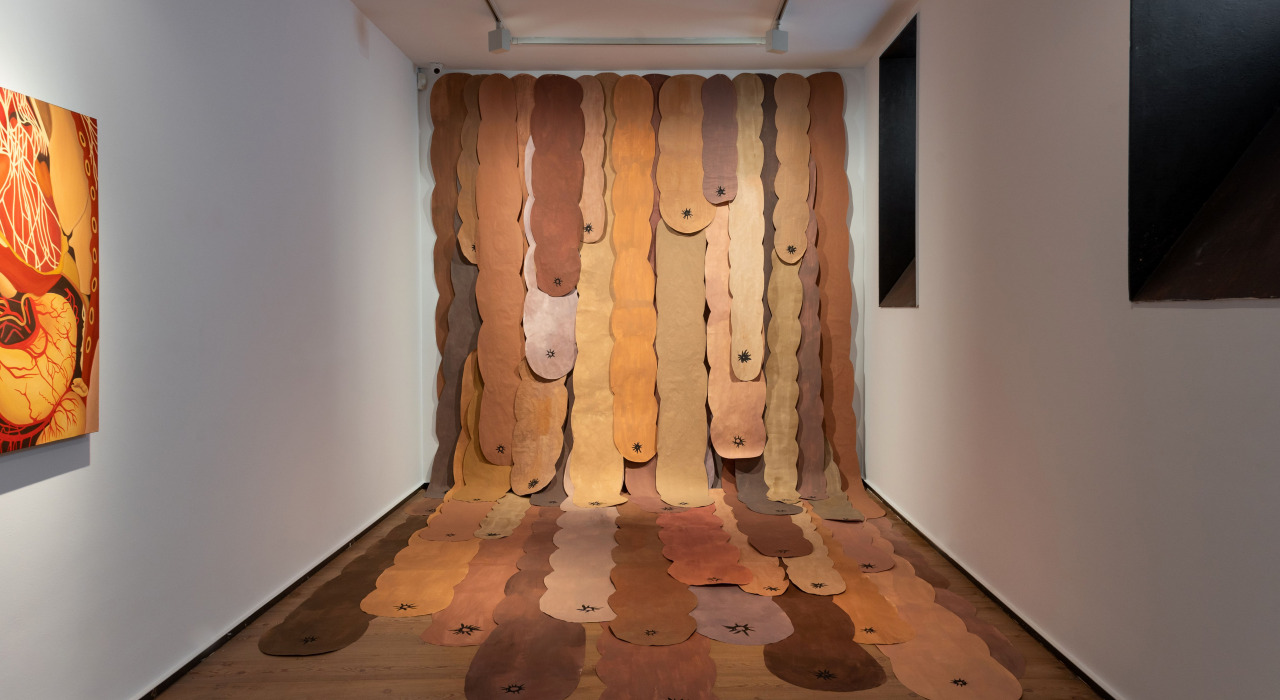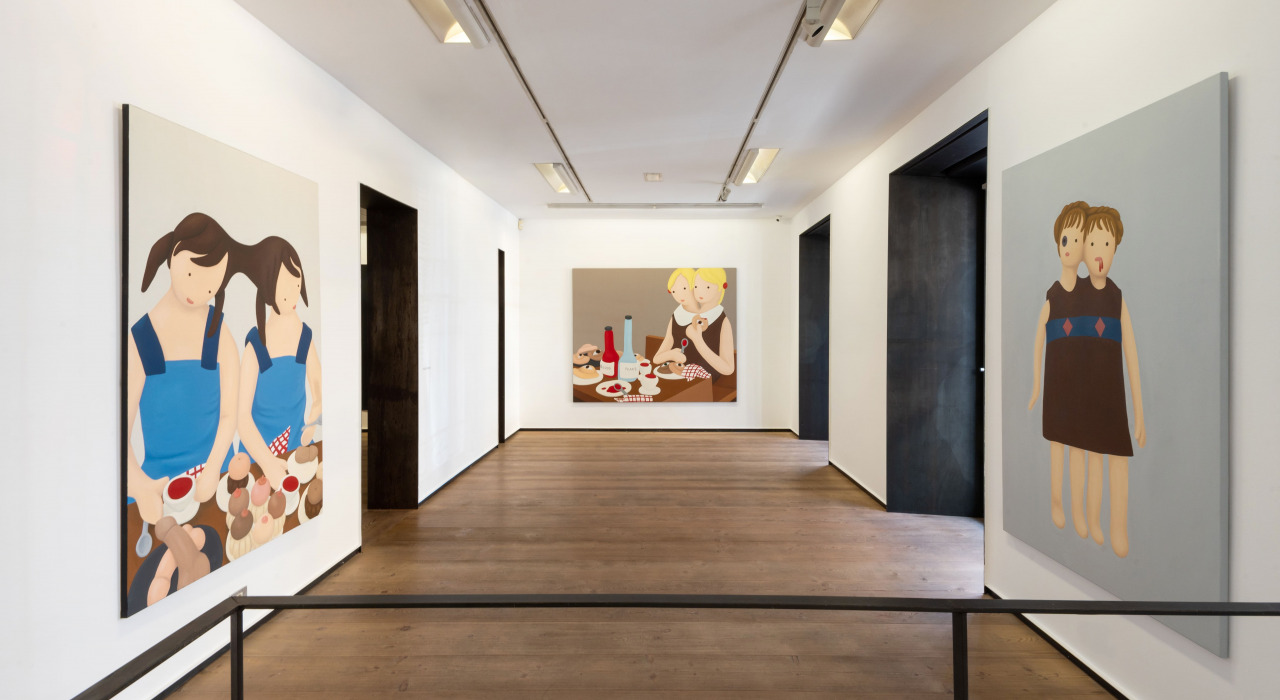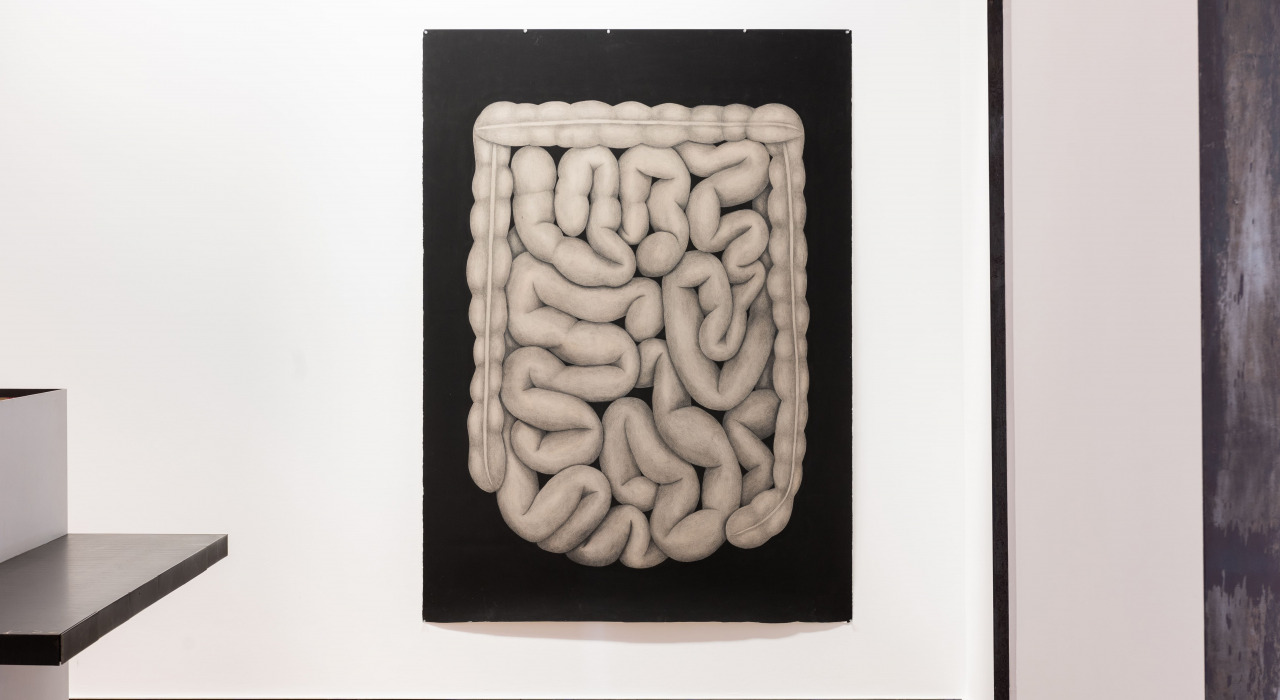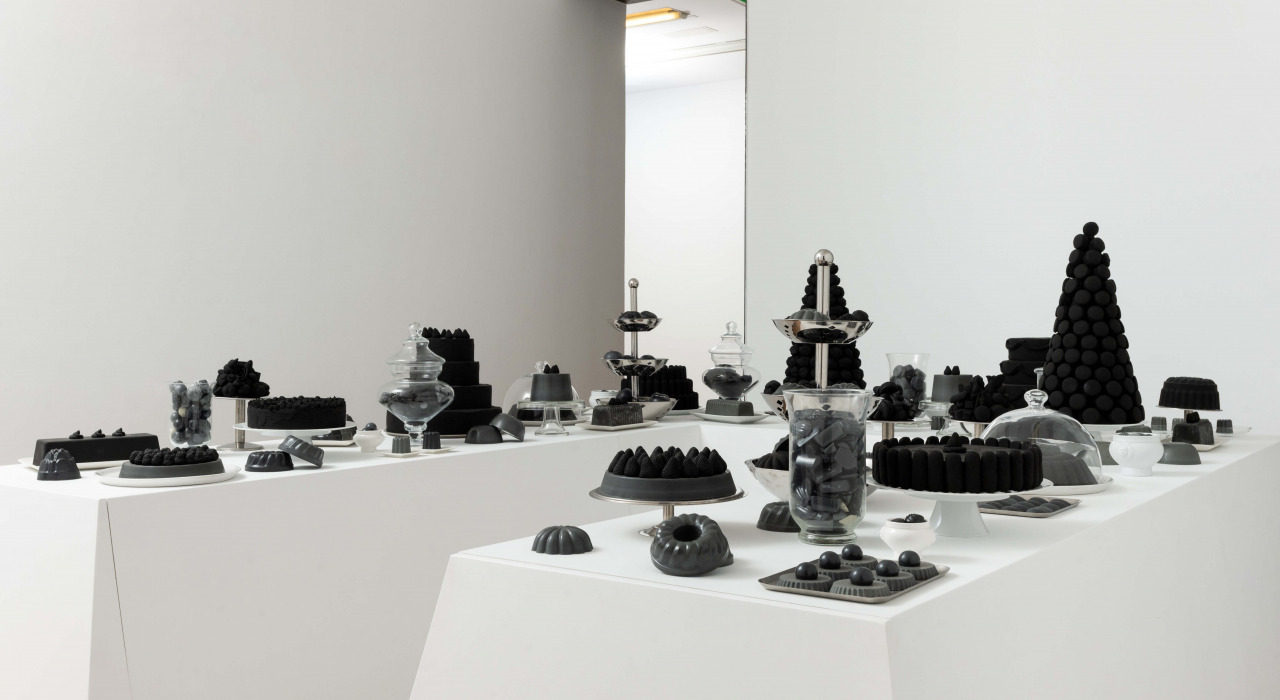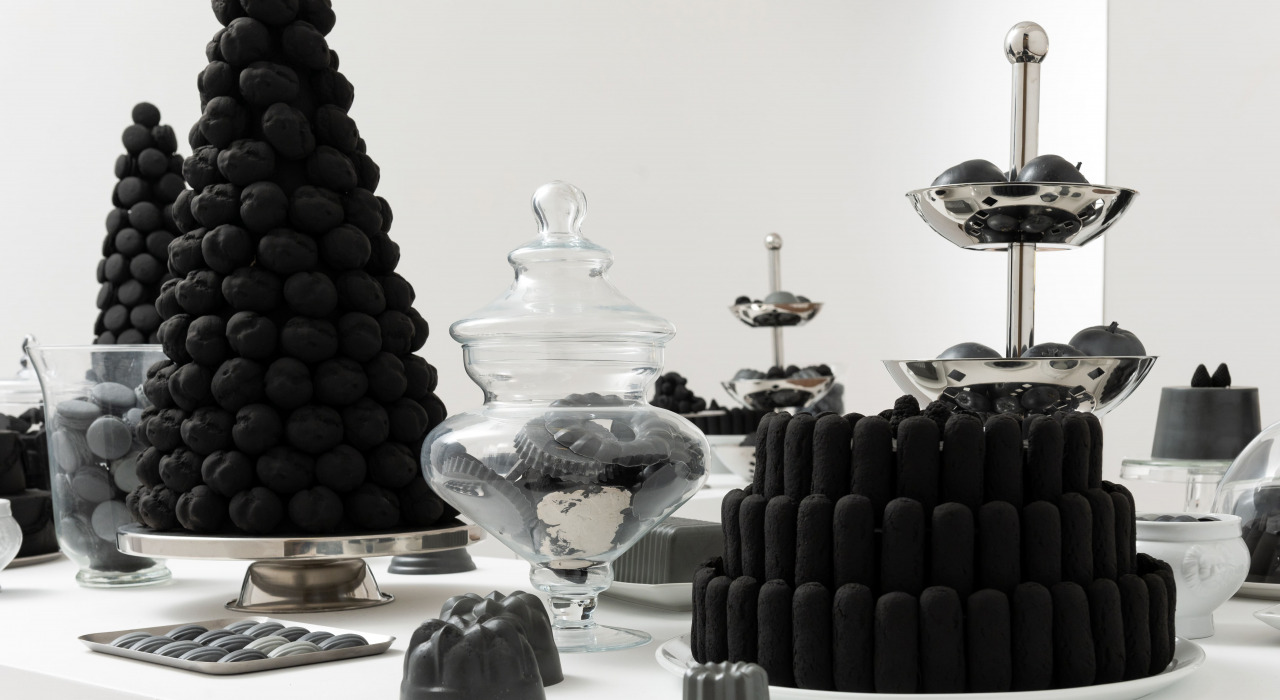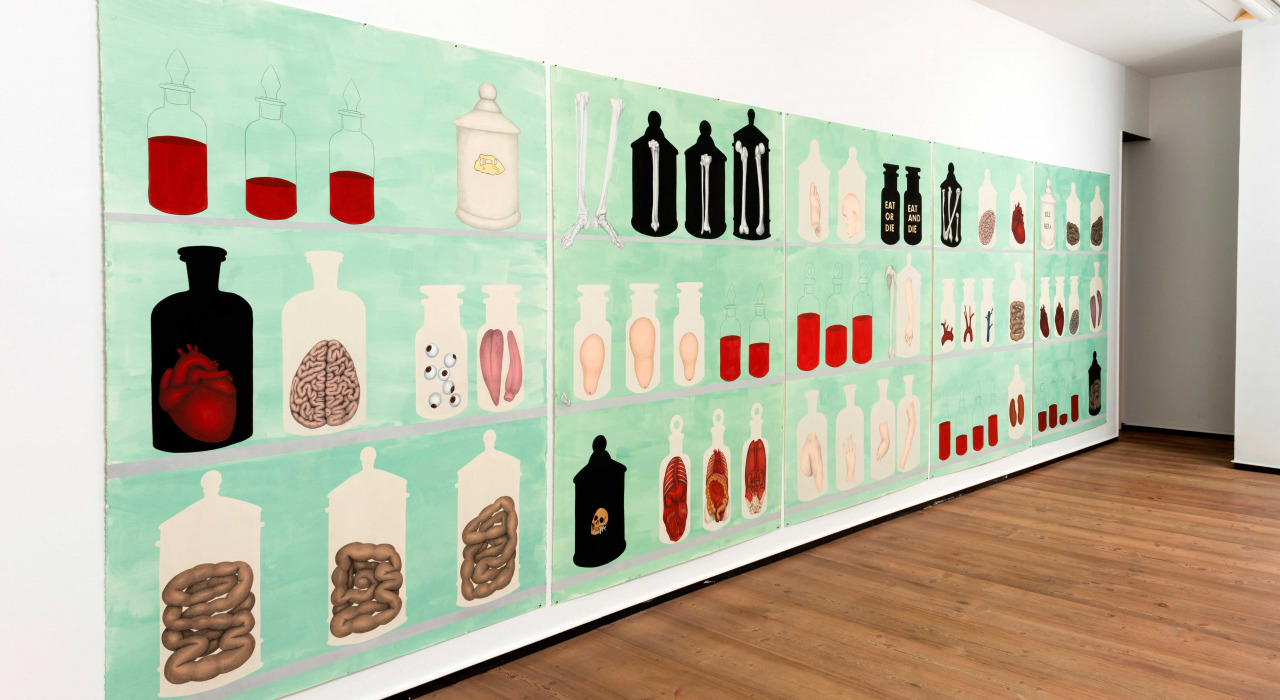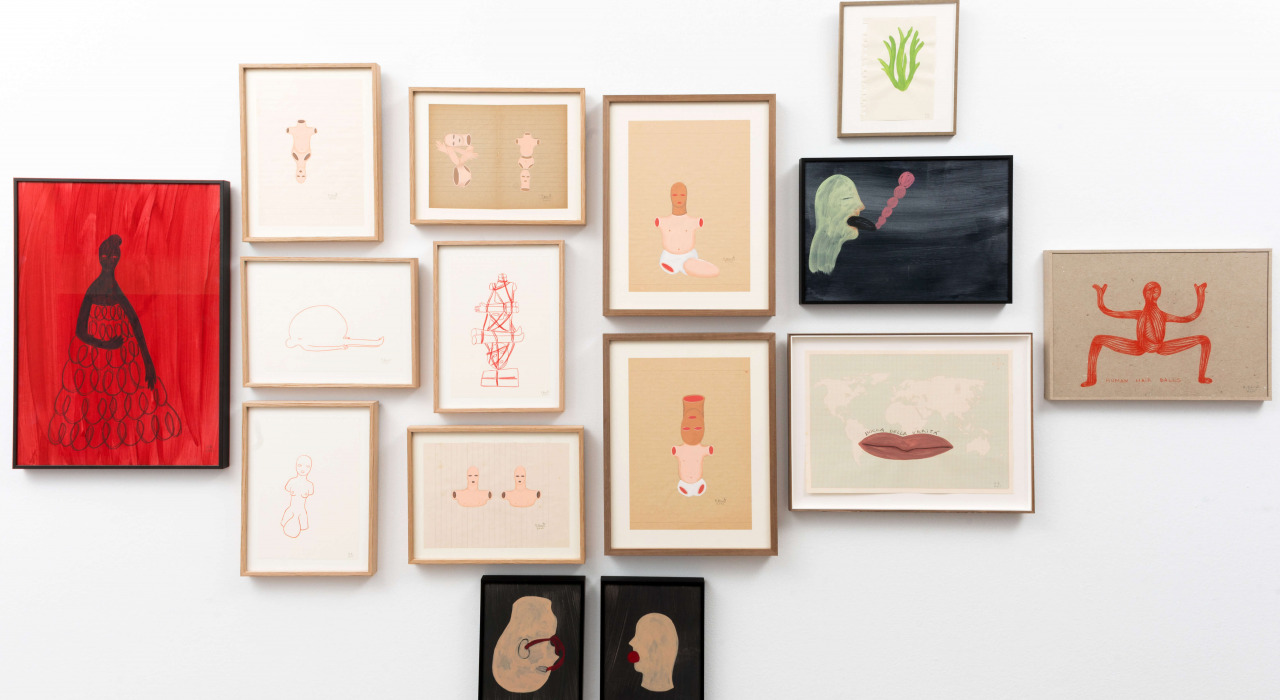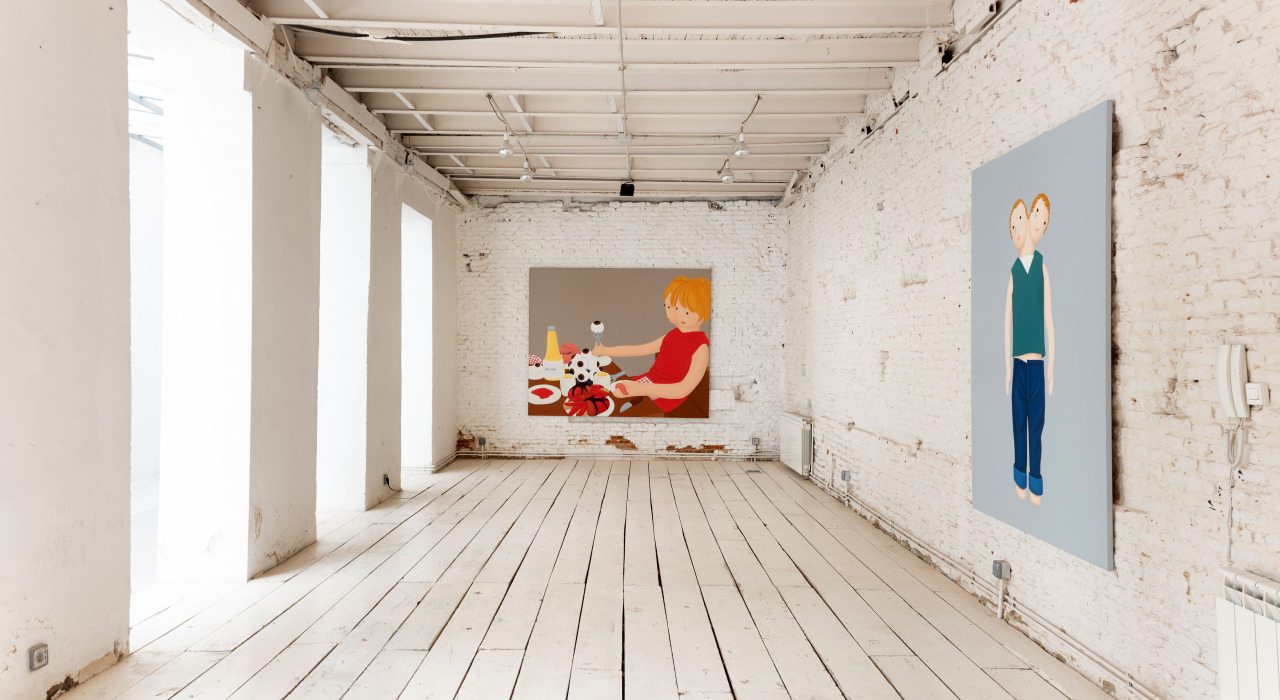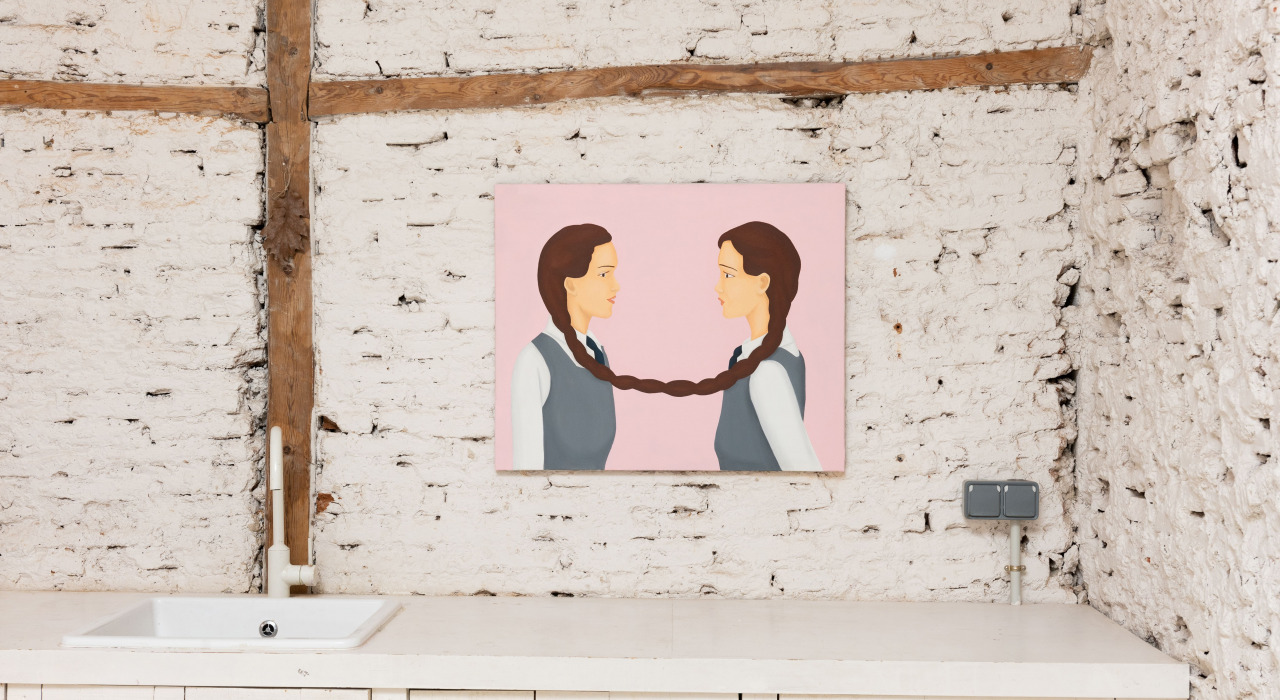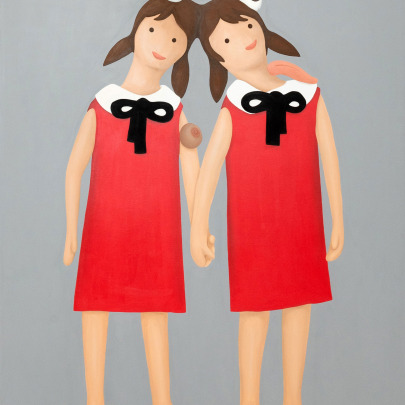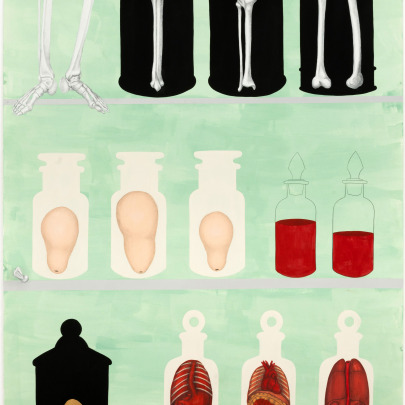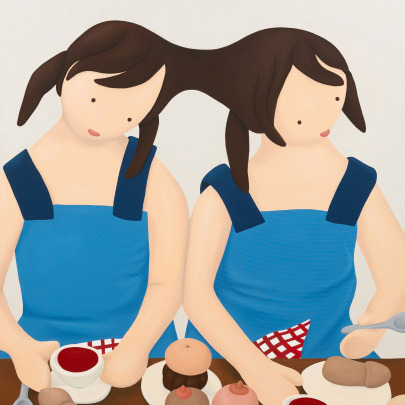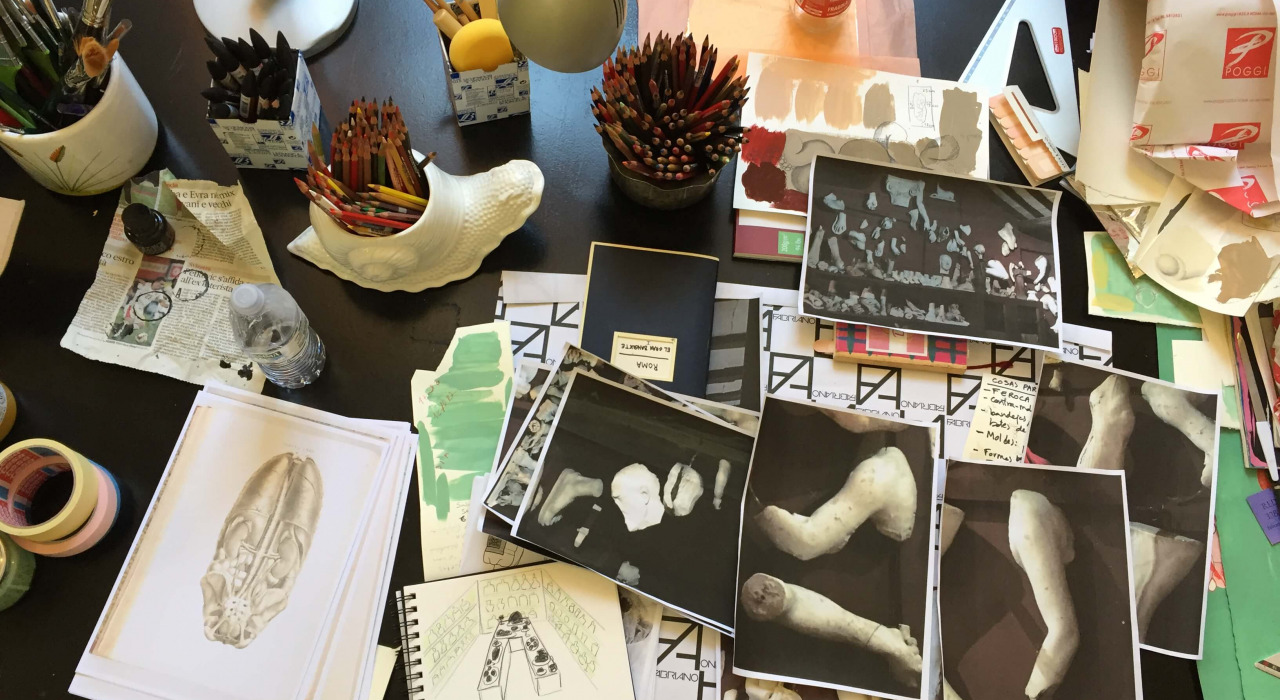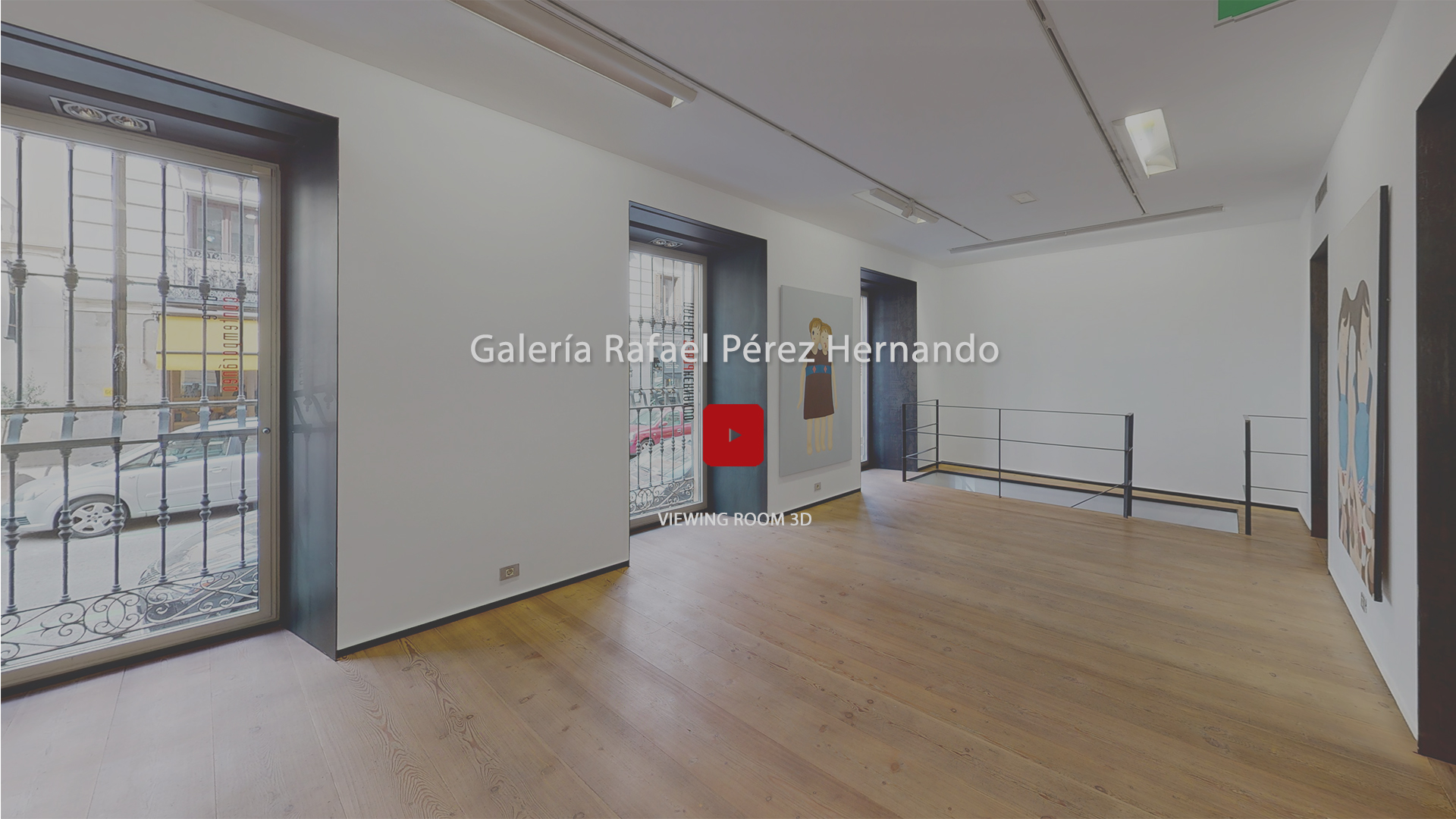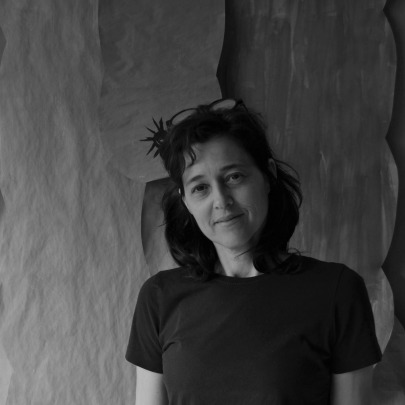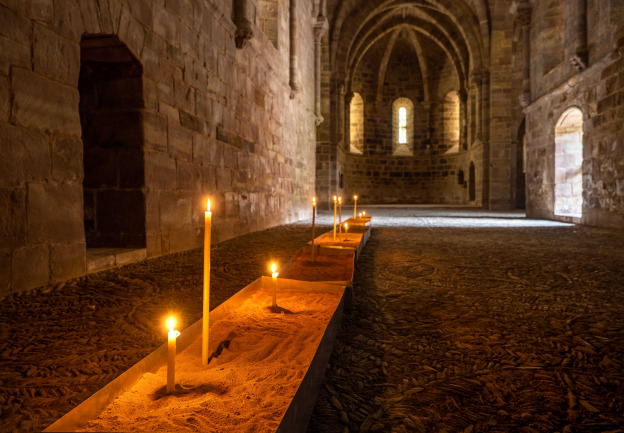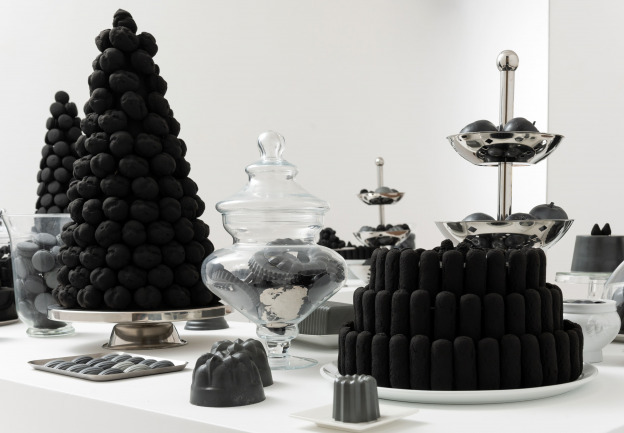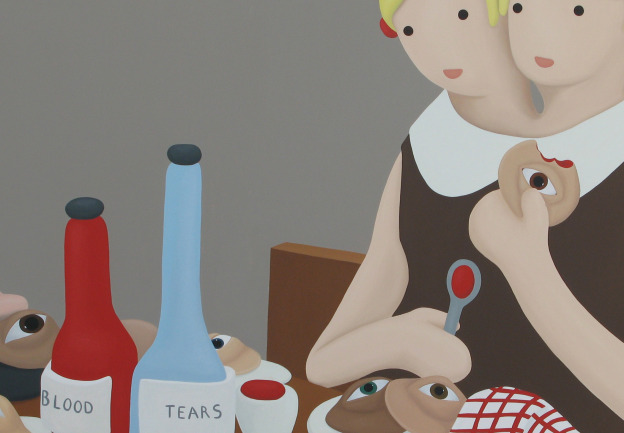IRREGULAR
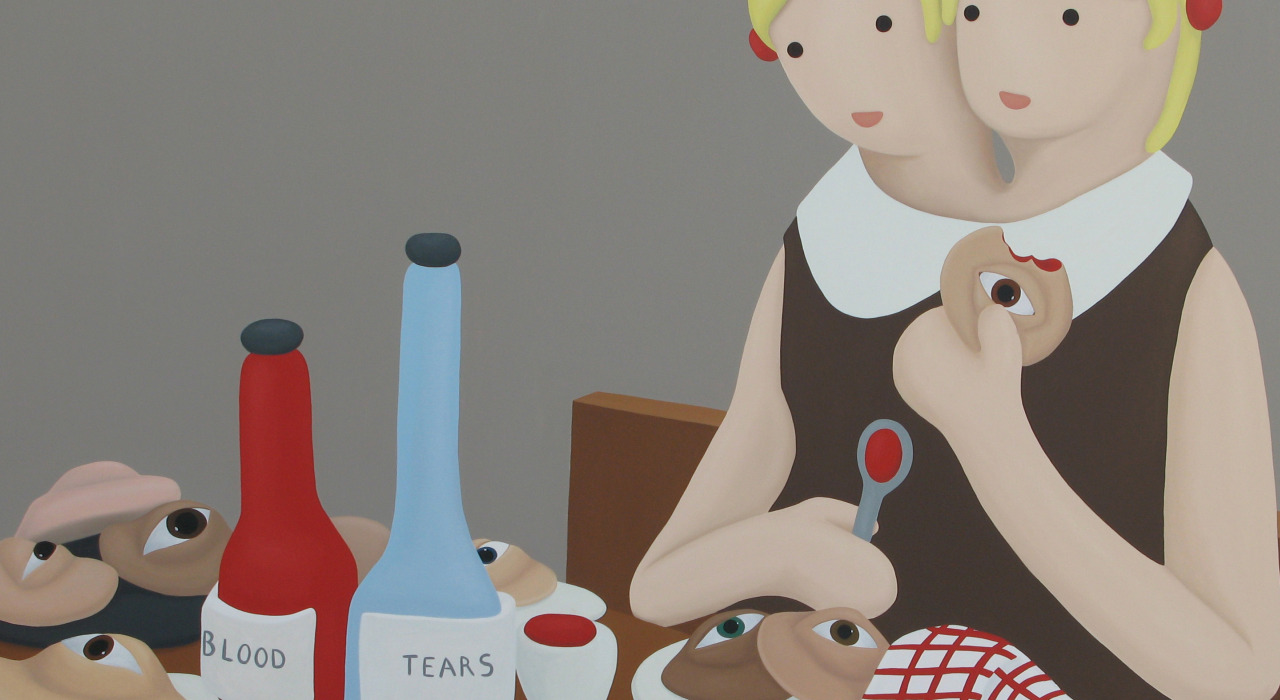
IRREGULAR: atypical, curious, strange, weird, anomalous, deformed singular or unusual. This is the title of the first solo show of Rosalía Banet in our gallery, which brings together a series of works made by the artist over the last two decades.
The very selection of the works comprises a portrait that is irregular. They are works from different periods that assert the need to not forget what preceded us; the absurdity of always looking to the latest, relegating what came before to memory, constantly expiring. As if once built and displayed, it would automatically lose its meaning and value. They are very different pieces, located in different disciplines: painting, drawing, sculpture and installation.
With a range of sizes, from small drawings measuring just a few centimetres, to large-format paintings or installations that take over the entire space. In addition, there are differences in the making: at times, a meticulous and contained work, at others a loose line, more gestural and intense. Even the colour goes through great variations, from a rigorous black and white, to images with reds, yellows, greens, pinks, plain and striking colours similar to those of advertising.
Despite all these differences, the exhibition reveals an inner core that flows through the veins of each work. Perhaps, this exhibition seeks, precisely from these differences, to find that common thread present in each stroke, in each piece, in each period, which may just be what truly defines the work of Rosalía Banet.
About the exhibition, Rosalía Banet says that "In these times of apparent purity and perfection, irregular vindicates what is strange, deformed, defective, asymmetrical, crooked, broken, intricate or tortuous, as inseparable parts of our existence. Irregular stands up for what is different amidst the proliferation of all that is the same."
We start entering the most intimate room, now converted into a baroque crypt where the intestines pile up and overflow. To go into the installation we must enter the cave, go inside the body, as announced by the painting Paisaje Interior (Inner Landscape), which serves as a locator, placing us in the depths of the human, where the rectums accumulate, forming a portrait of what is perhaps the disease of our time: excess.
As we rise out of the crypt, the inside immediately comes outside. The guts are literally placed on the table. The colour that before was subterranean now becomes an explosion of light and joy, and the spectacle appears. The Siamese sisters welcome us with entrails on the table, as a way of purging themselves, of facing their fears and accepting them, to the point where they are consumed. Apparently it is a cannibal kitchen, but it is a regime of symbols, in which the fragmentation of the body makes reference to trauma.
An important part of the exhibition revolves around the different works developed by Rosalía Banet during her residency at the Academy of Spain in Rome in 2017. In addition to one of the large-format papers from the Haraguroi series, it also shows The Burnt Banquet, an installation in the form of a Roman banquet that through its charred and ashen food reflects on the dehumanization of today's society. It is a funeral banquet, which speak to us about the end, as indicated by the food that makes up this feast, consisting of pies, cakes and other sweets that are normally served at the end of the meal, as a closing. They are very iconic foods that, despite having lost their attractive colours, continue to whet our appetite and bring back memories of celebrations and gatherings, of festive days.
From the grand banquet we go straight to the Apothecary. There we find packaged all kinds of human fragments. These were collected over the course of a year all over Rome, in the streets and shop windows, in museums and libraries. The remains of a civilization that is sick, in crisis, undergoing change. This human apothecary speaks of dehumanization and, at the same time, of the objectification of the body, as sides of the same coin.
Multidisciplinary artist and holds a PhD in Fine Arts from the University of Vigo. Her artistic practice always starts from drawing, to develop projects that take different forms and formats, from paintings or sculptures to installations and audiovisual pieces.Within her work she analyses and reflects on the systems and patterns we inhabit. She portrays today's society with its excesses and imbalances, bringing to light the monsters that populate contemporary civilisation. The three axes that form the backbone of her practice are the body... Read more
